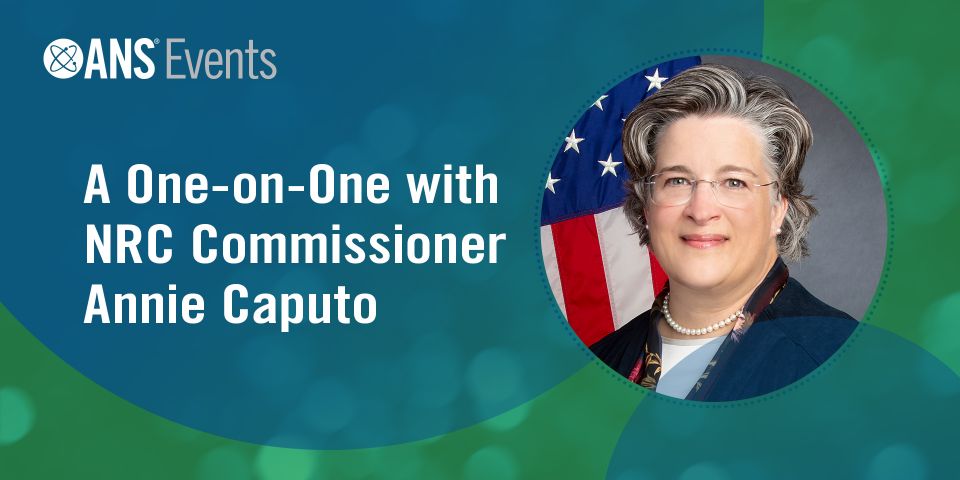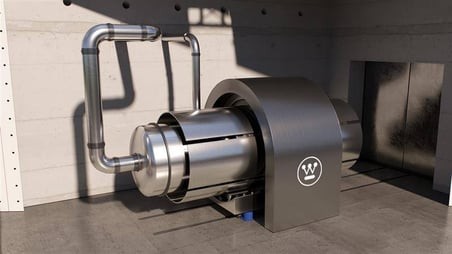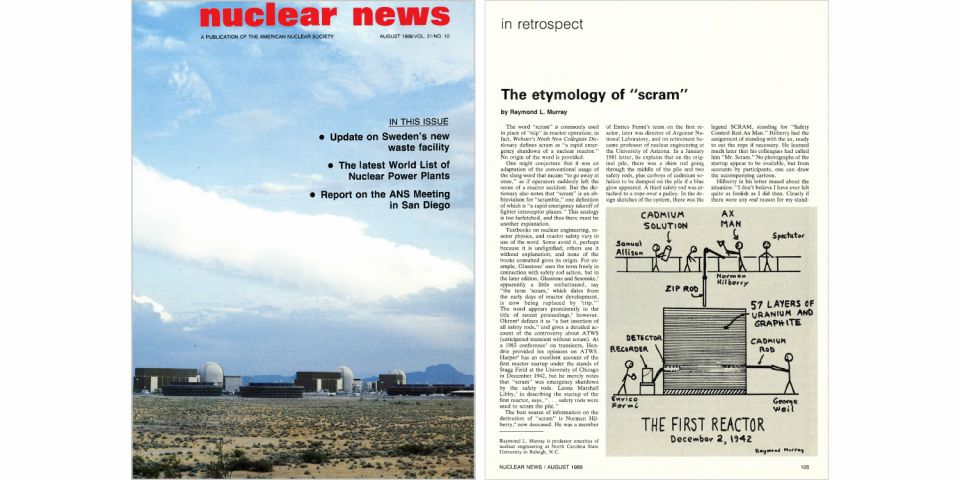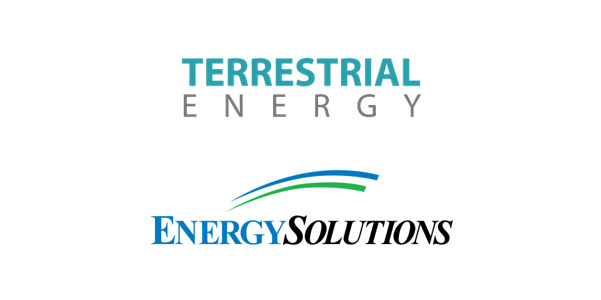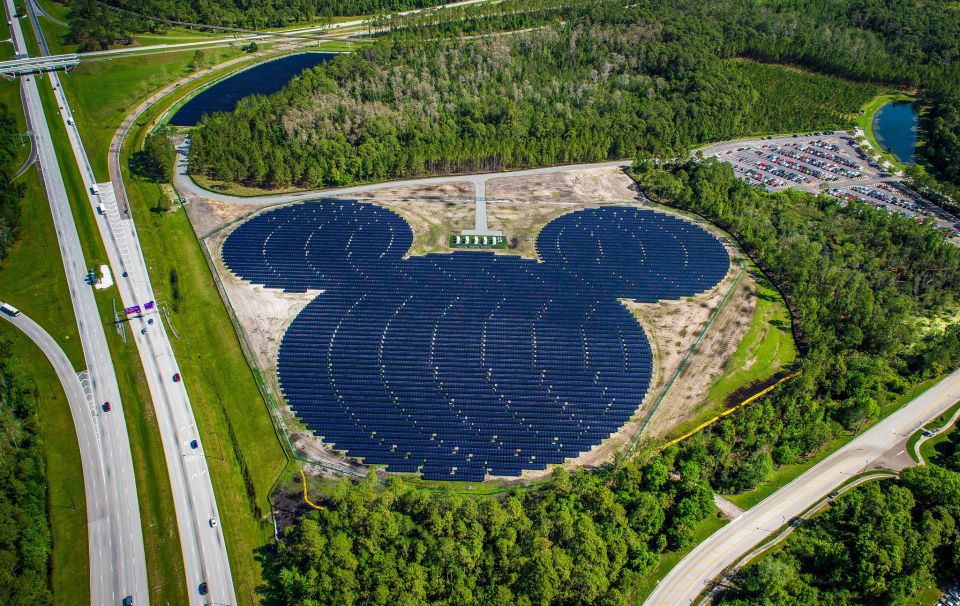
Conca
In his August 25 column for Forbes, Conca celebrated the recent infrastructure package (the bill sets aside $6 billion in funding for nuclear projects) that was passed by the Senate, but said, “The celebration is like enjoying the view from the deck of the Titanic, post-iceberg. United States leadership in nuclear energy . . . is doomed to fail without a sustained government commitment to a robust R&D infrastructure.”
The R&D imperative: ANS’s landmark report, The U.S. Nuclear R&D Imperative, states, “Decisions need data. The fast neutron VTR must be constructed by 2030 to accelerate testing of advanced nuclear fuels, materials, and components.” Decades of underinvestment in nuclear R&D have undermined U.S. leadership in nuclear technology and global exports. Without a concerted effort by the U.S. to invest in projects like the VTR means that the advanced reactor demonstration initiatives funded under the new infrastructure bill will not be sustainable, Conca warns.
Global competition: Conca also notes that U.S. leadership in nuclear energy has provided the U.S. government with significant influence abroad. However, that has changed. Currently, Russia has the only fast neutron testing capability in the world with its Bor-60, and China has built the world’s first advanced reactor (a high-temperature gas-cooled pebble-bed reactor), which is currently loading fuel for its initial start. Conca further states how China and Russia are blowing past the United States in the international nuclear industry.
“Rosatom, the Russian state-owned nuclear energy corporation, now boasts the largest foreign portfolio in the world—35 power units at different stages of implementation in 12 countries—and oversees 16 percent of the global nuclear fuel market,” Conca said. “Meanwhile, China achieved its mission of domestic self-reliance in civil nuclear energy with the opening of the Hualong One nuclear generating station in January of this year. China is now building the export version of Hunalong One—the HPR1000—in Pakistan and is negotiating another project in Argentina.”
Final word: There is still a chance to act, however. The best path forward— for the sake of fighting climate change, decarbonizing the electric grid, and national security— is for Congress to provide FY 2022 funding for the VTR, because, Conca writes, “A fast spectrum test reactor is essential for America to regain and sustain its global nuclear leadership role and support long-term nuclear energy innovation for the next 60 years.”




